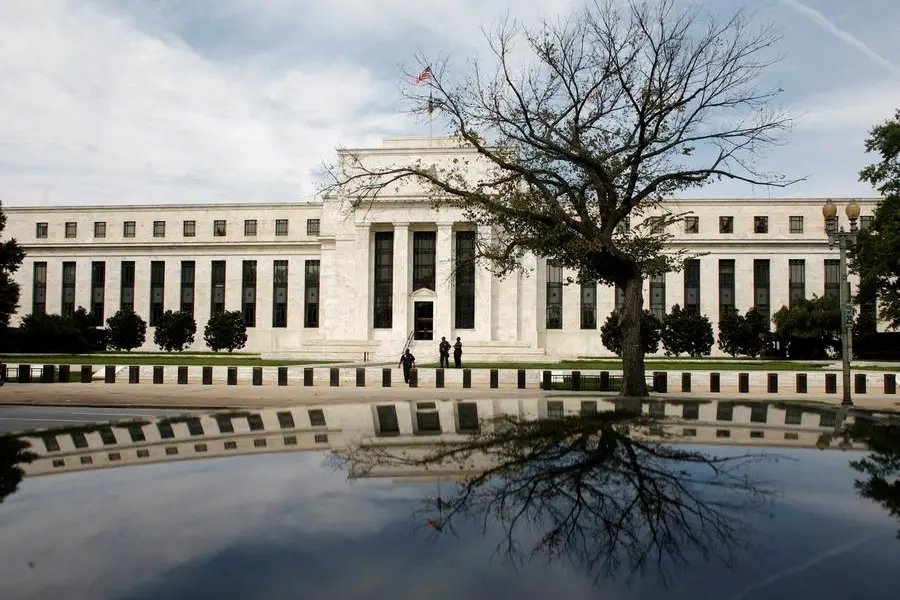The Federal Reserve cut interest rates by 0.25% on Thursday, bringing the benchmark rate down to a target range of 4.50%-4.75%, as the central bank continues to navigate a gradually easing labor market and steady economic expansion. The decision, which was unanimous among Federal Open Market Committee (FOMC) members, reflects ongoing efforts to balance employment dynamics and inflationary pressures as inflation moves closer to the Fed’s 2% target.
“Economic activity has continued to expand at a solid pace,” the Fed’s statement noted, while highlighting a labor market that, though resilient, has shown signs of easing. Where past statements referenced slowing job gains, the latest communication mentions broader labor market conditions. Despite low unemployment, Fed officials acknowledge “generally eased” job market dynamics, indicating a potential softening of demand for labor.
In addition to labor market observations, the Fed offered updated language on inflation, indicating that price pressures have “made progress” towards the 2% goal. This slight shift from previous statements, which referenced “further progress,” comes as core inflation, measured by the personal consumption expenditures (PCE) price index excluding food and energy, held steady at an annual rate of 2.6% as of September.
The rate adjustment and policy statement come just days after the election of Republican President-elect Donald Trump, who will take office in January following his victory over Democratic Vice President Kamala Harris. Trump’s campaign pledges, including potential tariffs on imports and a focus on immigration reform, are anticipated to have broad impacts on the economic landscape, presenting the Fed with both opportunities and challenges in managing inflation and supporting economic growth in the coming months.
Fed Chair Jerome Powell, who was initially appointed by Trump during his first term, is expected to address the policy decision and offer insights into the economic outlook at a press conference later today. Powell’s history of diverging with Trump on interest rate policy may add a layer of intrigue as markets and investors assess how the Fed might adapt its approach under Trump’s incoming administration.
Following Trump’s election, investors have revised their expectations, with many now anticipating fewer rate cuts in the near term as they evaluate the potential for economic changes brought by the new administration’s policies.





